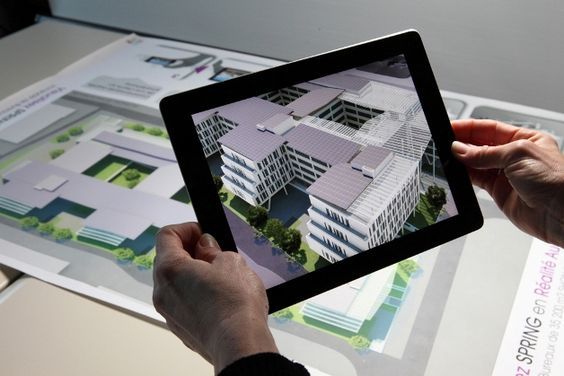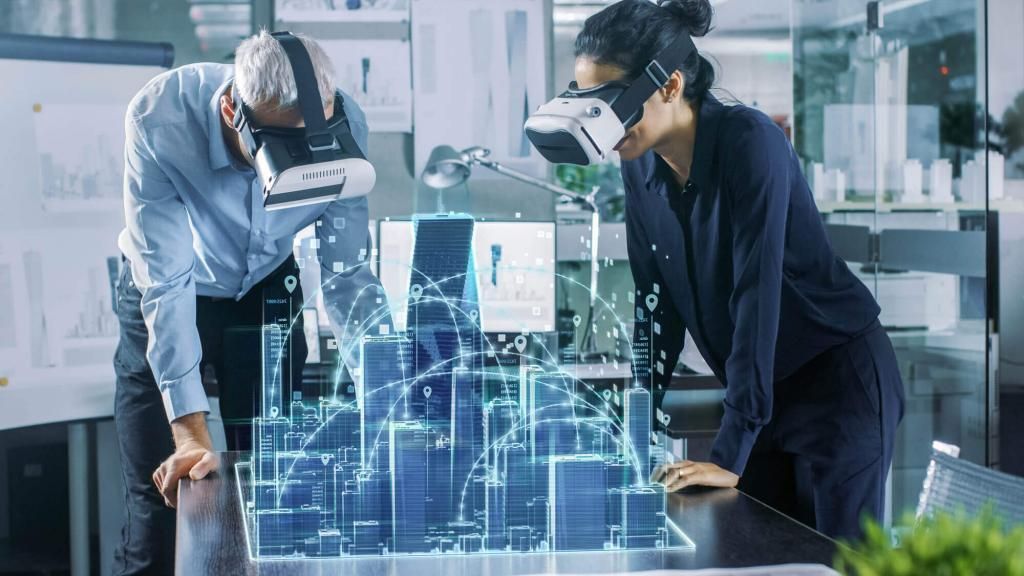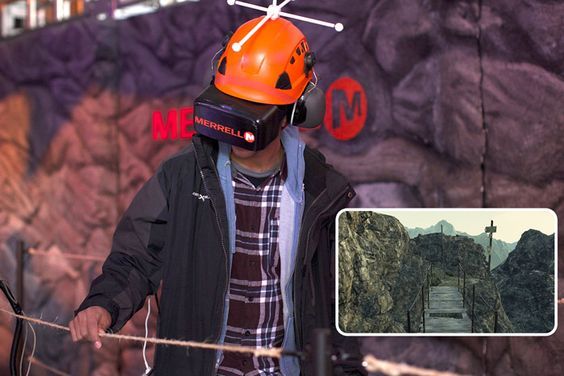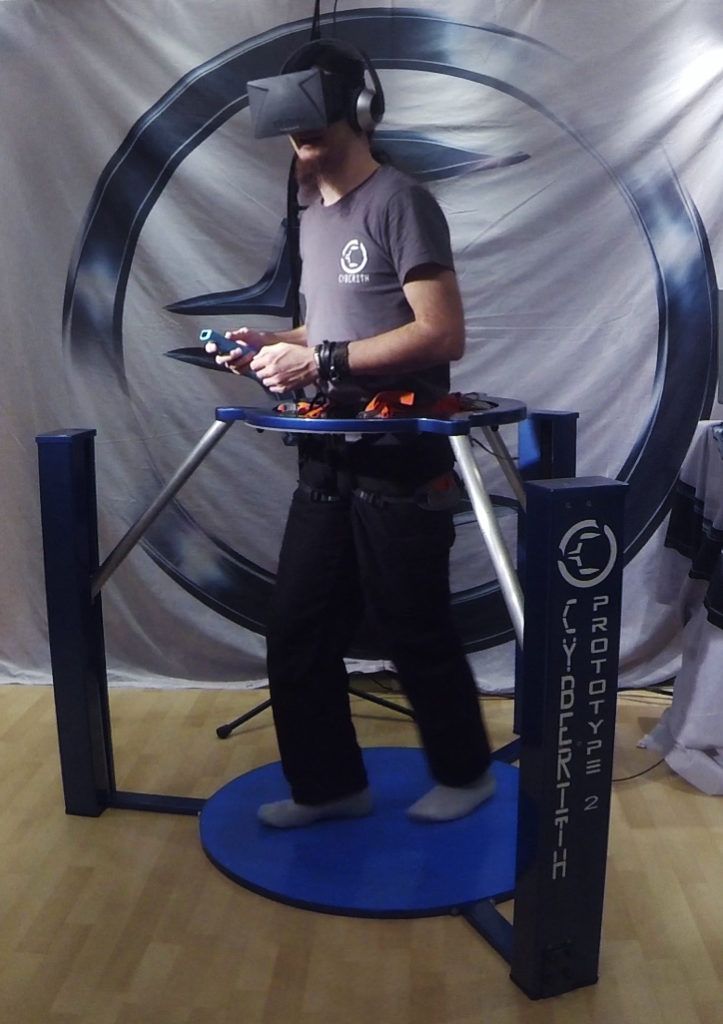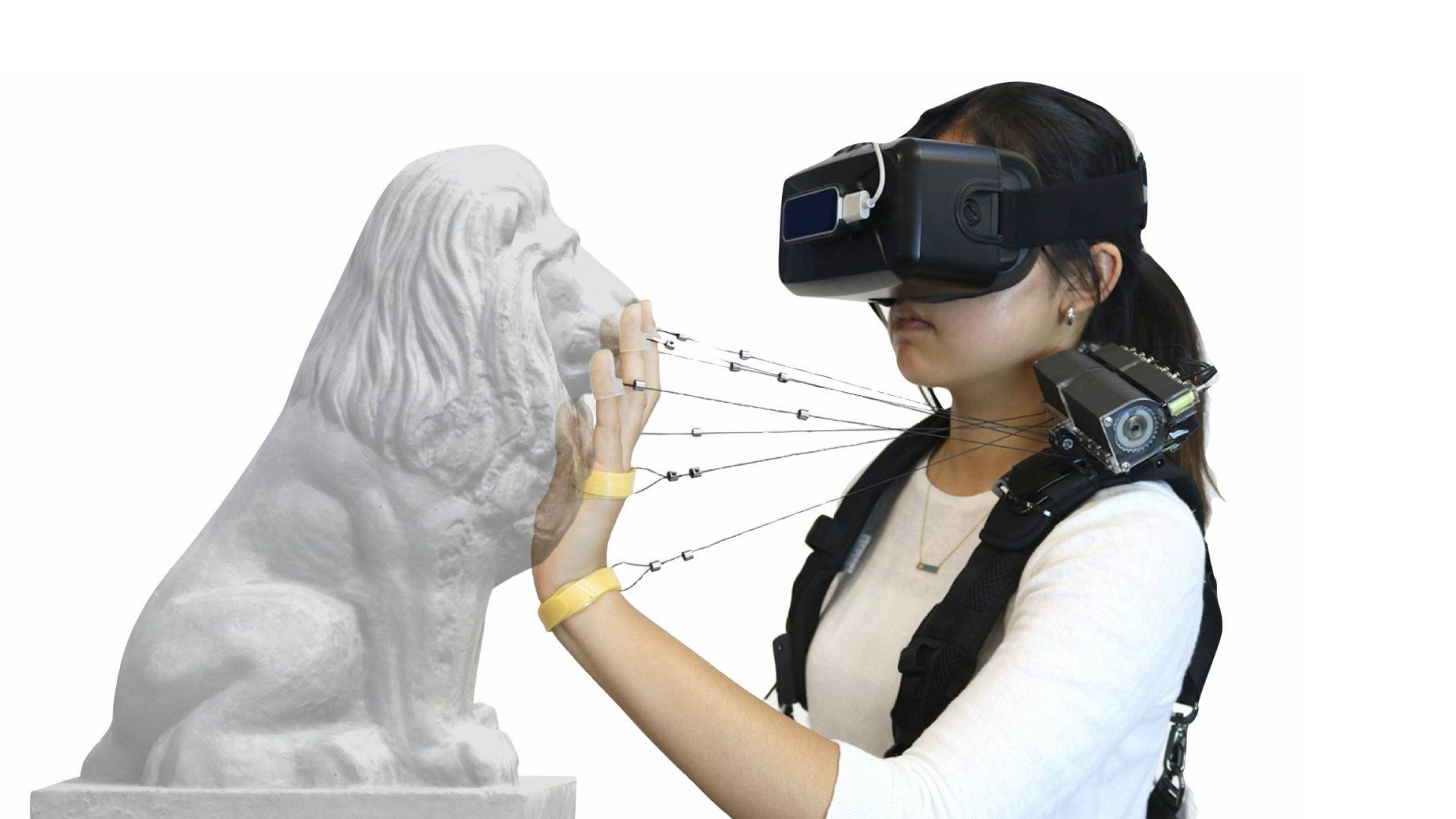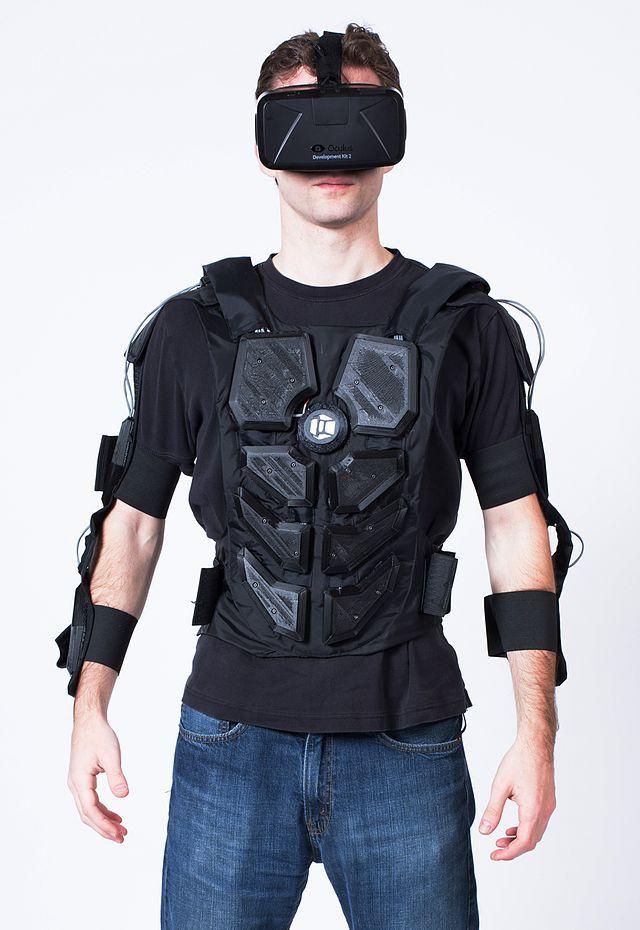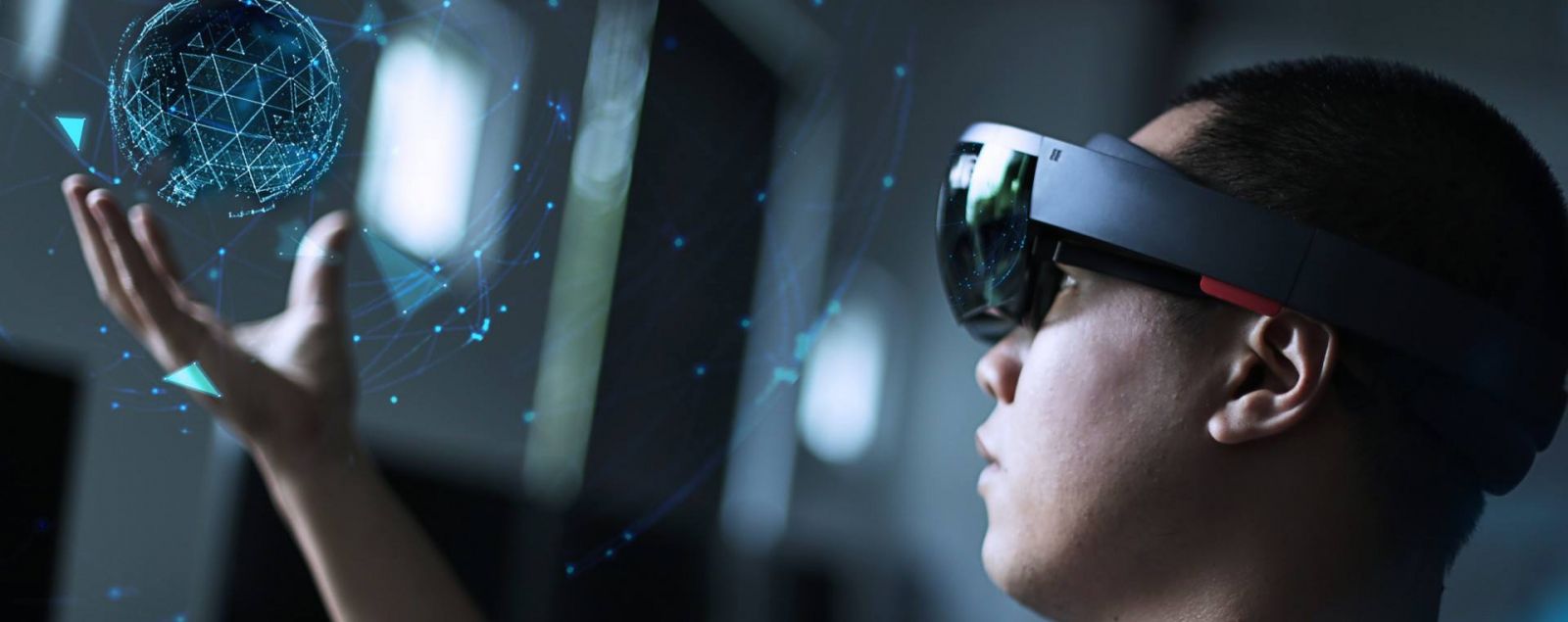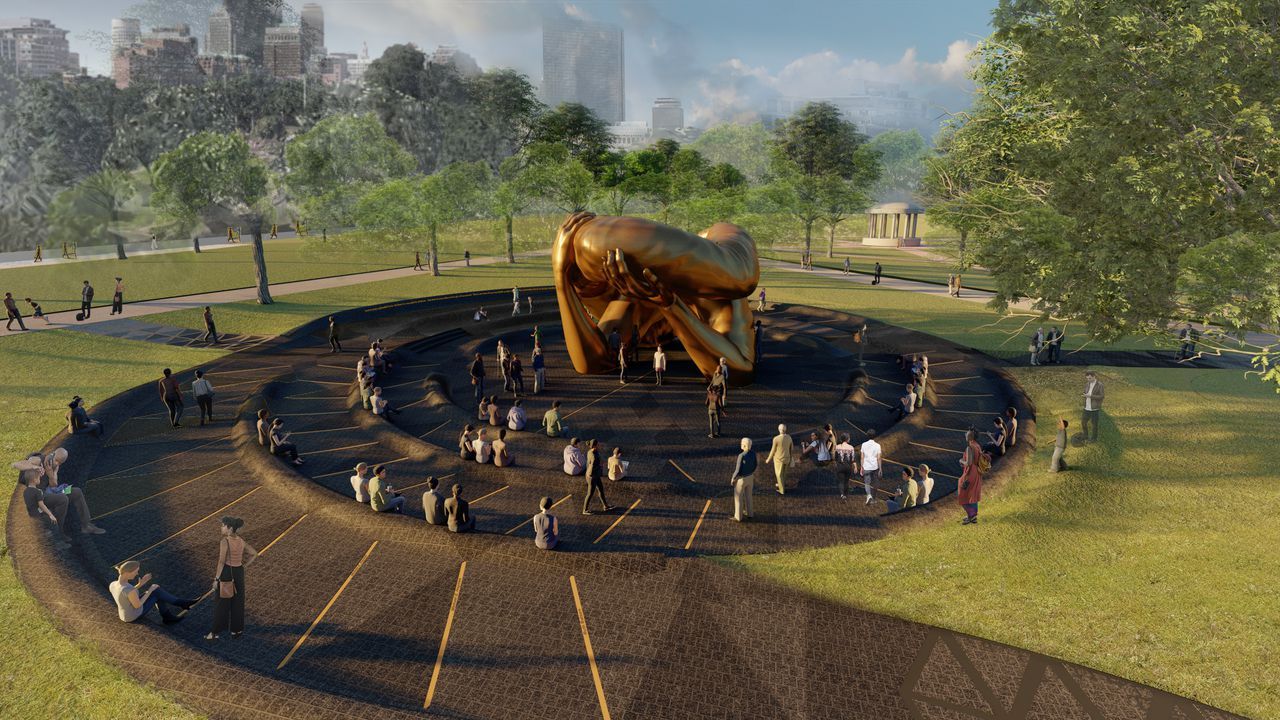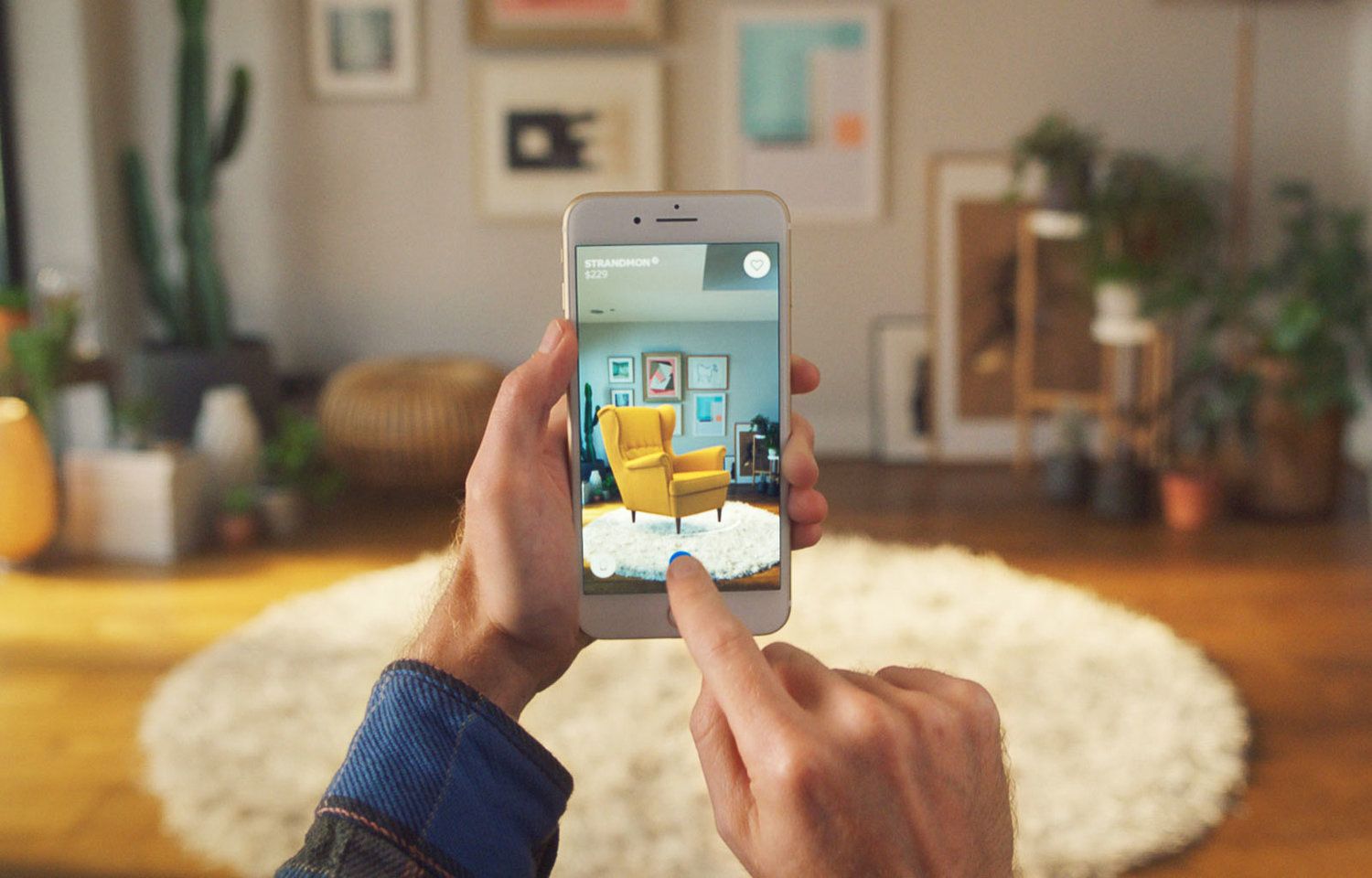Imagine being able to work on interactive floating menus[1], as seen in the Iron-man franchise, or even going back in time, to find yourself completely surrounded by dinosaurs! Advancements in technologies pertaining to the development of Reality Environments, help in fabricating a number of virtual environments – opening up a broad spectrum of possibilities, where one could literally live out and experience their wildest sci-fi fantasies like never before. Reality Environments can be classified into ‘The Virtual Reality Environment’ and ‘The Augmented Reality Environment’ – both are of the most prominent architectural innovative technologies you should know!
“Imagination creates reality.” – Richard Wagner
[irp posts=’195844′]
What is the difference between VR and AR?
Let us now understand the main difference between the two. The Virtual Reality Environment (VR), is an immersive environment, where one is ‘transported’ into a whole new, computer-generated world, with no relationship with the real-world environment. This is achieved by tricking the brain through our sensory organs, to think that we’ve been ‘teleported’ to the virtual world, which essentially translates into our new ‘reality. VR was initially developed for The Air Force, for simulating various mid-air maneuvers and other forms of training (Flight Simulator), to prevent actual million-dollar jets from being used, for the same. The Augmented Reality Environment, on the other hand, is augmenting one’s real environment, by adding various computer-generated interfaces & models into it. It is often added as an overlay on top of a real-world object and is often experienced by stimulating the sense of sight and the sense of touch.
How can Reality Environment Technologies be used by Architects?
These powerful technologies, bridge the cavernous gap between the real world, and a virtual computer-generated world. Companies like Oculus, Google, Samsung, HTC, Sony, Razer, AMD, Valve Corporation, Araig, YEI Technology, Cyberith, Sixsense Entertainment, Tactical Haptics, Dexmo, etc., have made several interesting advancements in the technology, to provide users with some of the most convincing immersive experiences available today.
[irp posts=’58602′]
A question may arise as to how these advancements, in VR and AR technologies, can be applied by Architects and Designers? Primarily, by exploring the kind of technology and tools developed, their capabilities, and features, we can then apply them accordingly, to other fields. For example, Oculus, popular for the ‘Oculus Rift’ VR headset, take control of one’s sight, hearing, and motion-based interactions, to immerse them into virtual worlds. This can be used by architects to immerse themselves and their clients into the designed spaces, well before the spaces are built[2].
This gives them a clear-cut understanding of the overall look and feel of the space, and they can hence effortlessly change various aspects of the design, accordingly[3]. They can also work on multiple different scaled objects, existing on the same scene[4]. The Cardboard project is an initiative by Google, which envisions bringing VR systems to everybody. It provides templates that let the users build their own DIY VR headsets, using nothing more than their smartphones(which becomes the main VR engine-thanks to the various sensors embedded in them), VR content (usually in the format of a media file or that of an application)[5], an empty cardboard pizza box, and other common household items.
[irp posts=’65775′]
Cyberith has taken this a step further by incorporating an Omni-directional treadmill into their VR kit, hence allowing the user to walk, run, jump and crouch in the virtual world. YEI Technologies’ PrioVR is a system that is to be worn all around the body, enabling the user to translate real-life motion into the digital world. These can be translated into the field of architecture, by letting the client literally “walk through”, a walk-through! This also means, one can measure both, the number of steps and amount of time it might take to pace from a point ‘A’ on the designed space, to another point ‘B’, which aids in optimizing the design of various circulatory paths, within that particular space. It can also be used to broadly survey a model of the site, to get a good idea of the topography and the surrounding geography, without actually having to physically go there.
Sixthsense Entertainment’s Stem Wireless Prototype System, Tactical Haptics’ Reactive Grip System, and Dexmo’s Dexo Classic & Dexmo F2 enable the user to interact with objects in the virtual world like never before. They all are built around the concept of “reaching out from the real world, into the virtual world”, and enable the user to do exactly that! Using the Stem Wireless Prototype System, which is essentially wireless controllers, one can virtually use their ‘hands’ to drop, pick up, throw, reach out, make gestures, etc[6].
Similarly, The Reactive Grip System empowers the user to experience force-torque-like feedback, which is significantly more immersive and engaging than the conventional buzz and vibration feedback, implemented in the majority of controllers. This technology enables the user to feel the ‘weight of virtual objects, the recoil produced upon firing a gun, as well as, something as subtle as a fish biting on the end of a fishing line. The Dexmo systems, however, take the ‘touch’ haptic feedback to a whole new level. Both the systems (The Dexmo Classic & The Dexmo F2) are wearable exoskeletal systems, which replicate eleven degrees of freedom, with respect to the kinetics exhibited by the hand. The latter, however, has the additional ability to provide force feedback. By using this technology, one can ‘feel’ objects that don’t really exist. This can translate into architecture-to give more effective and interactive presentations to the client. They can be programmed to exhibit the textures on various surfaces as well as, the flow of fluids like air & water, in between one’s fingers.
Companies like KOR-FX and Araig, have gone as far as to fabricate full-body VR vests & suits. The KOR-FX uses “4DFX” technology, enabling the user to ‘feel’ the environmental and situational feedback, sent from the virtual world. This could correspond to feeling a ‘buzz’ accurately in the same place the user was shot at, in an FPS (First Person Shooter) VR game. Similarly, Araig takes this a step further, by integrating a patented surround sound system and 40 haptic feedback vibrators into a seamless exoskeleton-like suit. Although these technologies are gamer-centric, they are open source- which implies that anybody with basic programming knowledge, can develop customized immersive experiences[7]. Architects can use it to further enhance their presentations, by allowing the client to ‘feel’ the various wind-flow patterns, around the designed space.
Larger companies in the industry like Google and Microsoft, are using Augmented Reality Systems (AR) to bring forth other types of Immersion Technologies. Google Glass is a pair of glasses, which project useful interactive information onto one of the user’s lenses. Microsoft’s “HoloLens” however, is a head-mounted and self-contained computer device, that lets the user see holograms, in the real world. It enables the user to create and project custom 3D holograms of any scale, shape, and size, through hand gestures and voice commands. They can be widely used for 3D modeling, construction, architecture, and collaboration. According to Trimble, a leading architecture firm, which is actively using this technology, architects initially dream out their designs on a 3D space and then have to translate that into 2D, workable plans- however, this AR technology paves the way for a completely new dimension in design. With multiple systems mounted around each project member, on the team, it allows for unmatched 3D modeling techniques, instant remote collaborations, and the flexibility to run quick iterations and also in order to explore other alternatives[8].
It also allows the architect to get a street-side view of the building, to give them a clear idea as to how the building would appear in the real world, to scale. They also believe that visualizing the digital design data in real-time, on-site, amongst MEP and Structural Consultants (who can be present remotely), could help in throwing light on and troubleshooting, various minute issues, which wouldn’t have been conventionally identified. The technology can also be used to provide training to workers in the construction industry, for example, they can be taught how to work a crane, and can practice it, ‘hands-on. It can also be used as a very powerful marketing tool in order to create interactive advertisements.
Reality Environment Technology in the Design of Martin Luther King Center
One of America’s largest construction companies, McCarthy Building Companies, used VR to build the Martin Luther King Multi-Service Ambulatory Care Center in Los Angeles, CA, which was completed in 2013. At its office in Roseville, the company has been experimenting with various VR technologies, in order to make its design & construction processes more efficient. Back in 2012, McCarthy created its own Building Information Modeling (BIM) Cave, which uses projection technology and a pair of 3D glasses, to allow multiple users to see what a hospital room or office space will look like.
The company soon realized that making any type of change, once a building is under construction, is extremely expensive, time-consuming, and inefficient. They started tackling this challenge by implementing VR technology. They offer their clients the ability to evaluate the design and make iterations, virtually, well before the actual construction has begun. They always believe in implementing the latest VR technology, in the hopes of remaining a step ahead of all their competitors. The company currently uses a very powerful computing device, attached to an Oculus Rift VR headset, in addition to an Xbox controller- to present what a 2D blueprint would look like, once it has been built.
When all the above-mentioned technologies and applications are subjected cumulatively, the experiences rendered would truly be Earth-shattering. Architects would be able to experience the designed space; way before it’s been built. This experience also gives them a clear understanding of how the entire structure or space would fall into place, on-site. It presents itself as an effective platform for remote collaborations with various other consultants, to troubleshoot various construction-related issues. The Immersive Virtual Environment technologies can also be used both as powerful marketing tools and as interactive presentation tools. Conclusively, by translating and applying these technologies in the field of architecture, we have transcended into the next generation of reinventing the distinguished, ‘architectural design process; where the only limit is one’s imagination!
Augmented Reality: A Promising Future
Within the coming years, Augmented Reality (AR) is expected to become a multi-billion-dollar industry. Additionally, it is expected to become more present than ever, with its wide range of uses for labor and leisure as well as the aid of several interfaces. Becoming a standardized built environment filter for humans, Joshua McWhirter questions if this technology can lead to a more just and digitally enhanced public realm.
In a recent article posted on “Failed Architecture”, McWhirter expresses his concerns over the architects’ lack of input in these virtual public spaces, which are becoming commodified and privatized. He presents a historical background of location-based AR projects, explaining that the merge between art and networking technologies, which emerged out of the gradual popularization of the internet in the late 1990s, triggered the growing interest of different parties in the technology.
It is true that AR has ignited new works of art, activism, game design, and simulation; however, it is important to question how and for whom this technology is used. Here, McWhirter refers to “Hyperreality”, a short film released in 2016 by filmmaker Keiichi Matsuda. Set in the Colombian city of Medellín, the film appears to be shot from an advanced digital interface eye-piece. From the very first frame, the protagonist is bombarded with loads of advertisements, games, music videos, animations, and even renderings of computer-generated architecture and “nature,” through this piece.
“In one scene, the film’s protagonist-user (“Juliana”) becomes confused, even anxious, by a technical glitch which forces a reboot of her device while shopping for food, showing us a brief glimpse of an un-augmented reality wherein a supermarket’s unadorned architecture is clearly designed for the express purpose of accommodating a digital overlay. Matsuda’s film ultimately suggests that augmented reality may become so commonplace as to be essential to making sense of one’s world,” wrote McWhirter.
While media such as “Hyperreality”, assume such a disorienting, and dystopian future, they also push forward a particular expectation for AR. Therefore, with the fast pace of development, McWhirter suggests that it is high time the prevailing attitudes driving the AR innovations, which are“monopolized” by California tech entrepreneurs, are challenged.
To affirm this, McWhirter poses the following questions: “What does it mean to filter public space through a highly personalized form of digital sensing? How does the collapse of virtual onto physical space reorder established ways of understanding landscapes? What are the potential pitfalls and possibilities of a technology that promises re-enchantment of space yet relies on privately-owned data infrastructures and a military-operated ensemble of near orbit satellites?”
Therefore, McWhirter invites us to rethink our position, with the accelerating changes in technologies around us. He urges us to think “What does the virtual space that “belongs to us” look like? Would it look like?” while advocating the collaboration between programmers, artists, technologists, artists, and architects—all in hope for a more promising AR-saturated future.
Images Via Failed Architecture
Written by Aprameya S Pandit.
- “Design and Evaluation of Menu Systems for Immersive Virtual Environments”, Doug A. Bowman and Chadwick A. Wingrave.
- “Spatial Cognition and Architectural Design in 4D Immersive Virtual Reality: Testing Cognition with a Novel Audiovisual CAVE-CAD Tool”, Lelin Zhang, Joachim Gossmann, Cory Stevenson, Michael Chi, Gert Cauwenberghs, Klaus Gramann, Jurgen Schulze, Peter Otto, Tzyy-Ping Jung, Randy Peterson*, Eve Edelstein** and Eduardo Macagno, Presentation to the Spatial Cognition for Architectural Design Conference 2011.
- “Spatial Understanding in Immersive Virtual Environments”, Marc A. Schnabel and Thomas Kvan, International Journal of Architectural Computing, Issue 04 Vol.1.
- “A Virtual Environment for Conceptual Design in Architecture”, Lee Anderson, James Esser, and Victoria Interrante.
- “Architectural Framework for Immersive Web-Based Virtual Environments”, Nuha El-Khalili.
- “Interaction Techniques for Immersive Virtual Environments: Design, Evaluation, and Application”, Doug A. Bowman.
- “Design and Evaluation of a Real-World Virtual Environment for Architecture and Urban Planning”, George Drettakis, Maria Roussou, Alex Reche, Nicolas Tsingos.
- CaveCAD: A Tool for Architectural Design in Immersive Virtual Environments”, Jurgen P. Schulze, Cathleen E. Hughes, Lelin Zhang, Eve Edelstein, Eduardo Macagno, University of California San Diego, Calit2, La Jolla, CA, USA.


